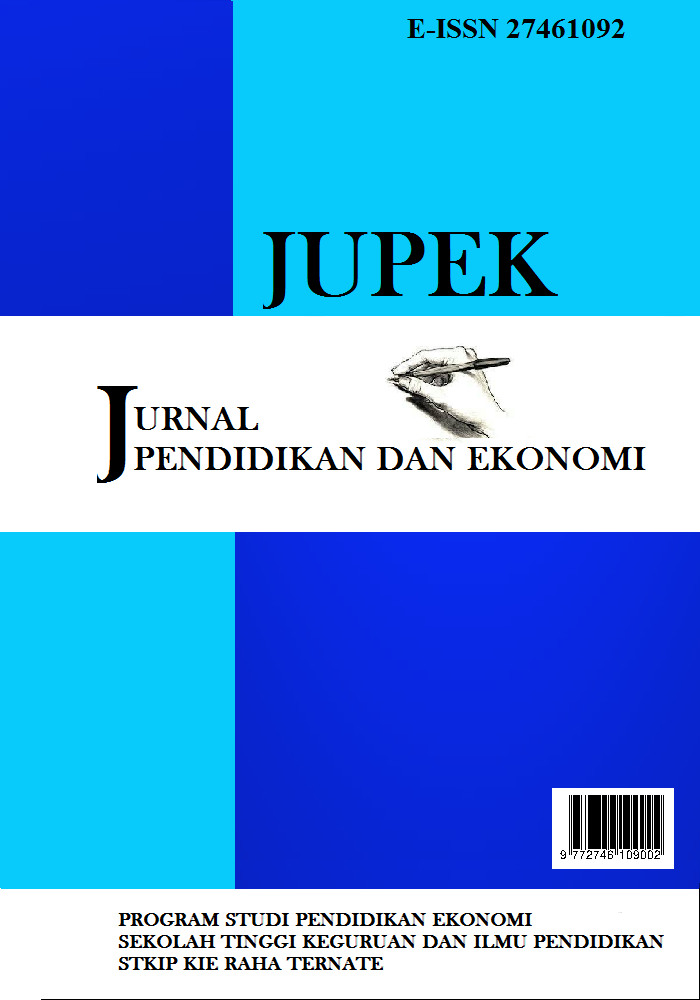METACOGNITION STRATEGY IN WRITING NEWS TEXTS FOR STUDENTS SMP IT INSAN KAMIL HALMAHERA SELATAN
Abstract
Learning to write news texts often leaves problems in the form of quality. Writing still seems like a mechanistic activity, not an activity that involves high critical and reflective thinking. This study aims to reveal students' metacognitive strategies in writing news texts. The problems studied are metacognitive strategies and the ability to apply metacognitive strategies. The study was conducted on students of class VIII of SMP IT Insan Kamil Halmahera Selatan qualitatively descriptively and exploratively with data collection techniques, namely questionnaires, interviews, and documentation. The results of the study showed that the metacognitive strategies, namely planning, monitoring, and evaluation obtained an average score of 4.15, classified as "High" based on student responses. This finding indicates that in general students have used metacognitive strategies in writing news texts quite well. Meanwhile, the ability of metacognitive strategies in writing news texts in the aspect of structure has an average score of 3.2 (good), news elements 2.8 (sufficient), language 3.0 (good), and the aspect of creativity has an average score of 2.8 (sufficient). In conclusion, students' metacognitive strategies in writing news texts are in the good category. It is suspected that the suboptimal metacognitive strategy is closely related to critical and reflective thinking as part of the metacognitive strategy.
Downloads
Copyright (c) 2025 Jurnal Pendidikan dan Ekonomi (JUPEK)

This work is licensed under a Creative Commons Attribution 4.0 International License.





